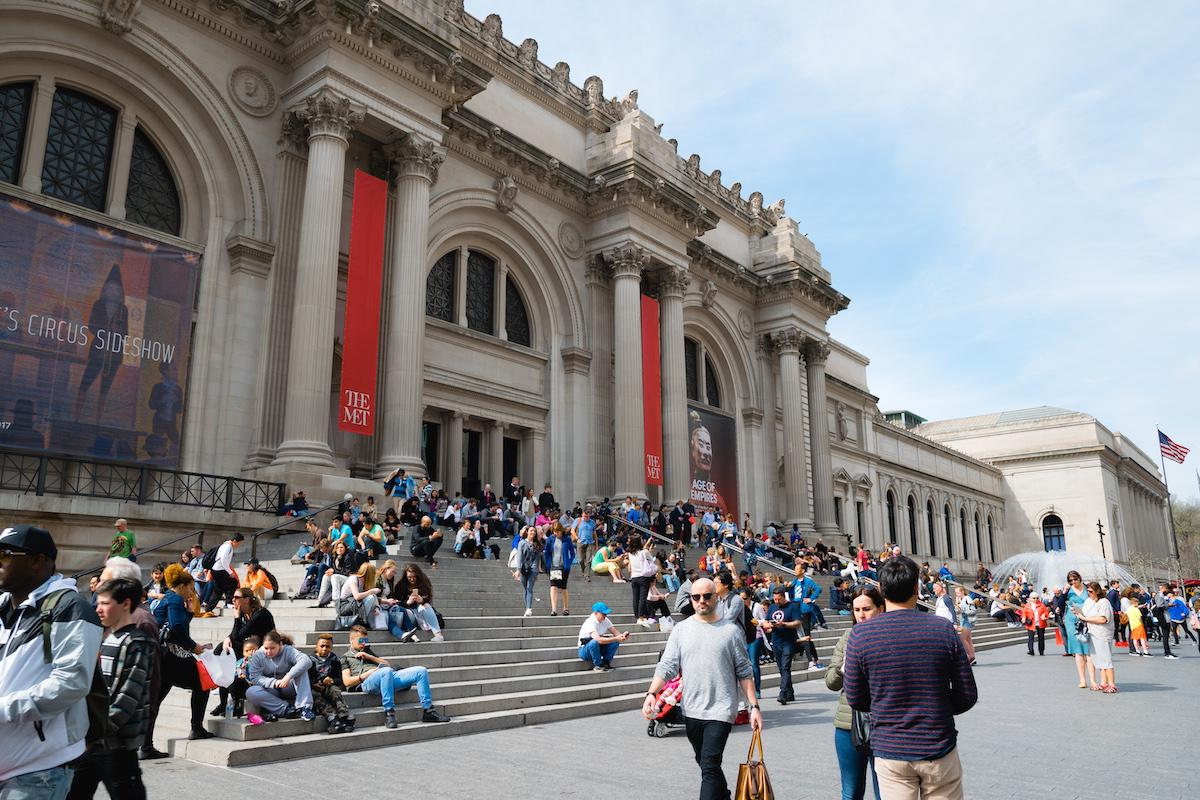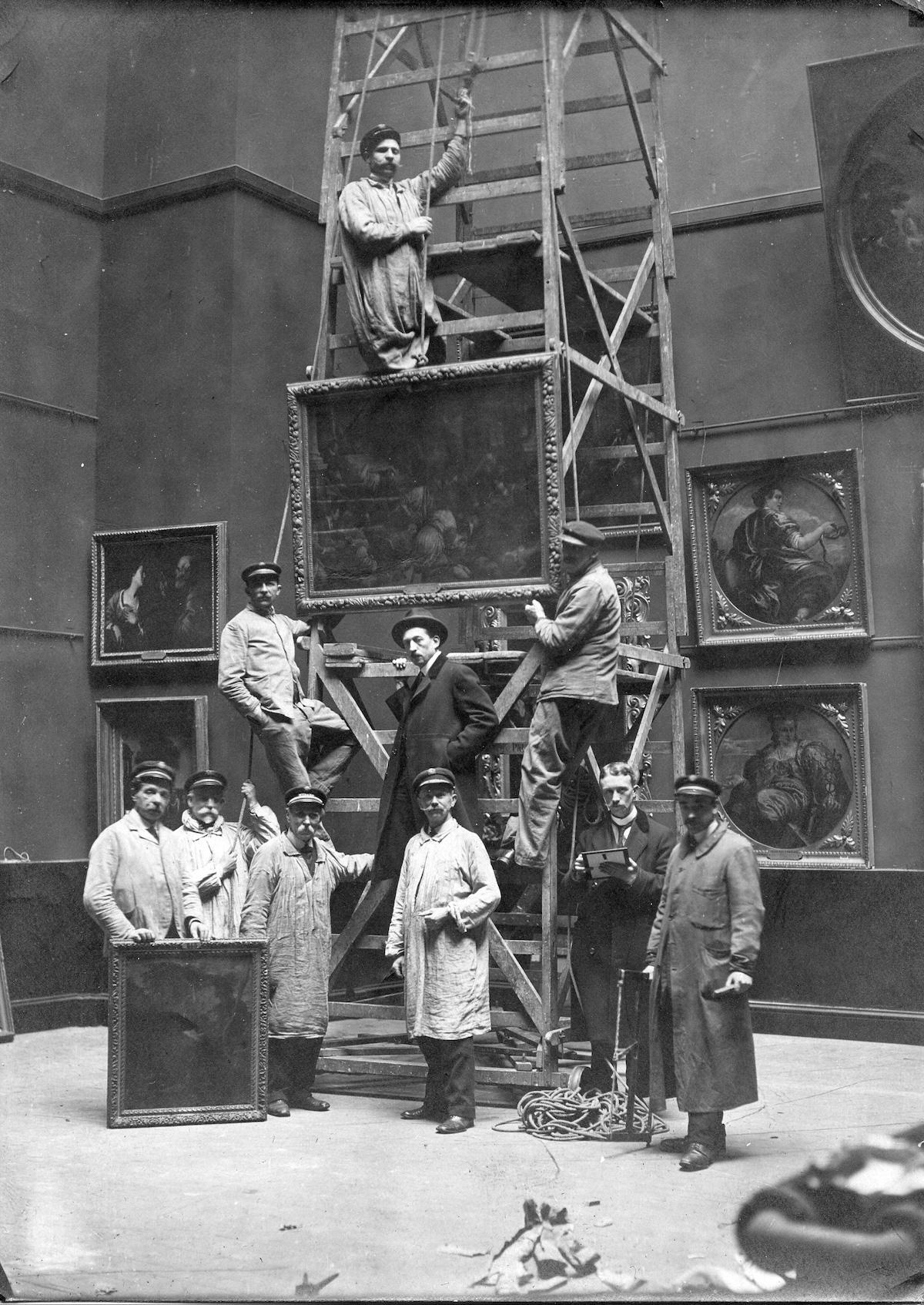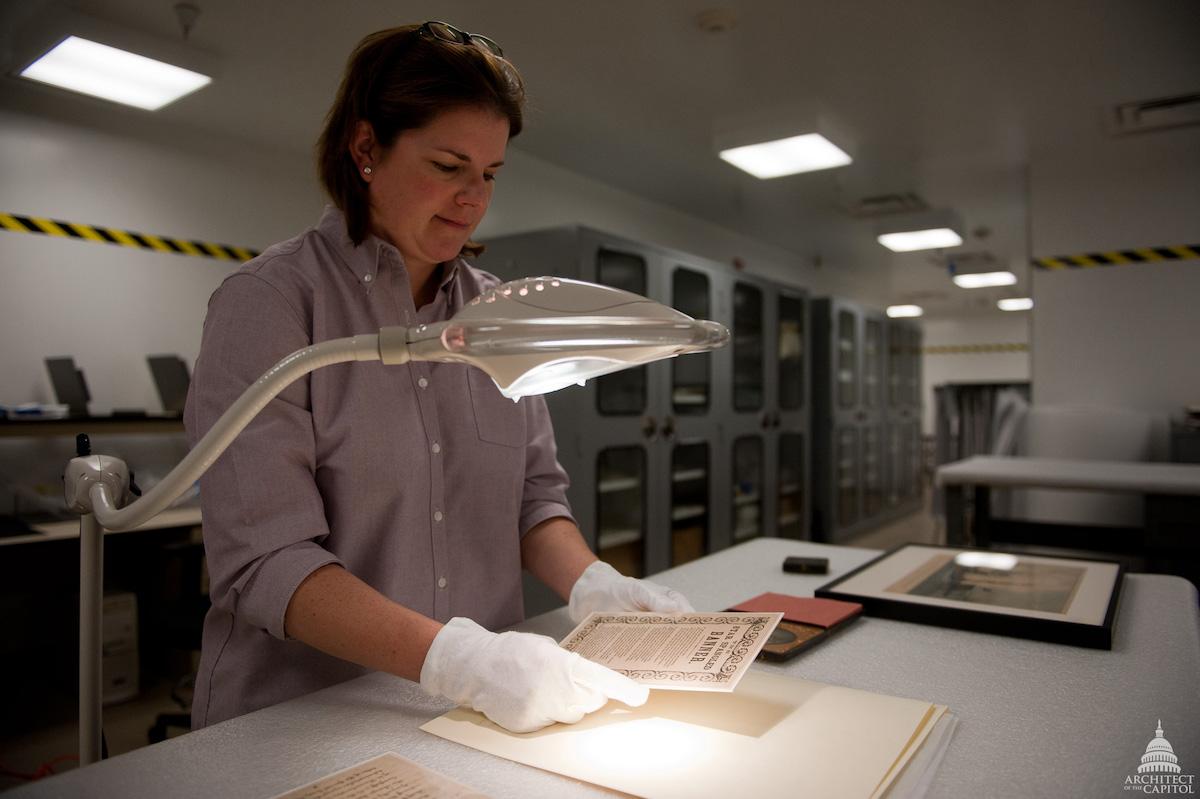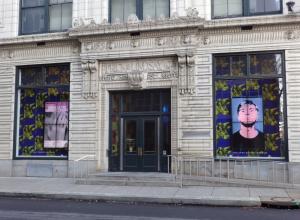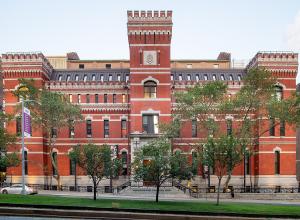Curators and Curatorial Assistants
Perhaps you dream of becoming a museum curator in New York. Before you even begin your job search, in most instances, curatorial roles in major museums require a master's degree if not a Ph.D., along with years of experience. A master's program at a state or city university will run you about $30,000 in total for two years of schooling, while a private university will cost up to $60,000. Once you fulfill your educational requirements, curatorial positions can be competitive and standards are extremely high.
Those who participated in our survey had a lot to say about this. One wrote in and said, "In school, I saw myself becoming a curator, though, at the time, I had no idea what challenges would come with that. The low salary is certainly one of them — and I’ve consistently taken on additional work (outside of my full time job) in order to keep working towards my goal."
As part of the new law, employers are permitted to post a fixed rate salary rather than a salary range. The roles we found with these fixed-rate salaries include two curatorial assistant positions from major museums. Although the job descriptions for both positions were the same, the pay varied. One offered $50,000 per annum while the other offered $63,989.




